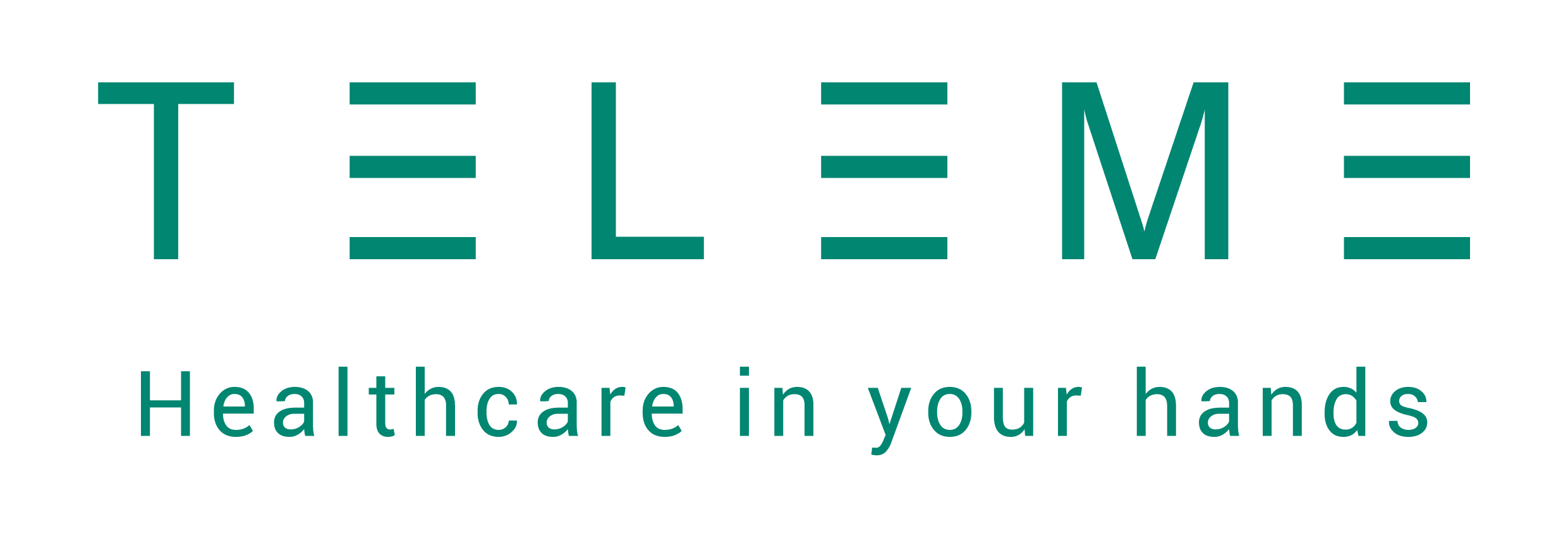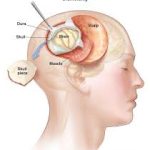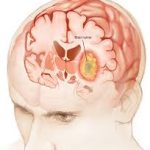
Brain Aneurysm
A brain aneurysm occurs at an area of weakness in an artery in the brain which results in a balloon-like or bulge filled with blood. This balloon-like structure is called an aneurysm and can put pressure on the brain or nerve causing symptoms described below. It can also be life-threatening when the aneurysm ruptures and bleeds into the brain (called a brain haemorrhage) causing stroke or even death.
High risk factors include a family history, connective tissue disorders (which is associated with weaker artery wall), polycystic kidney disease disease or arteriovenous malformations (known as AVM). Other risk factors include smoking, poorly controlled hypertension, narcotic intravenous (injected) drug abuse and severe head trauma.
Symptoms of an Aneurysm

Tiny aneurysms (also called ‘berry’ aneurysms) may not give any symptoms because they are too small to exert any pressure to the surrounding brain. However, a larger or expanding aneurysm may cause some of these symptoms;
- Vague headache
- Double (or blurred) vision
- Slurred speech
- Some numbness or weakness of a side of the face or upper and lower limbs
When an aneurysm has started to leak blood, there will DEFINITELY be symptoms such as severe headache, nausea or vomiting accompanied with sensitivity to light and may progress to loss of consciousness or even death when it ruptures resulting in a large haemorrhage in the brain. This is a MEDICAL EMERGENCY.
Indications for Treatment
Any treatment for a brain aneurysm should be carefully weighed against the risk of rupture as well as the following factors;
- type, size and location of the aneurysm
- your age and health
- your medical history
- risk of treatment option (see below)
However, if the aneurysm is showing symptoms or is already leaking with a risk of rupture, then treatment would be deemed NECESSARY and should be performed as soon as possible to prevent sudden rupture.
Treatment Options for Brain Aneurysms
All treatment options carry some degree of risk such as damage to the surrounding brain / nerves or a stroke during or after the procedure and possibility of a recurrence or re-bleeding at a later date;
- Surgical clipping involves a brain surgery (called a craniotomy) and the use of a clip to cut off the flow of blood to the aneurysm.
- Endovascular embolisation involves the use of a catheter inserted into an artery (usually in the groin area) and then up to the affected brain artery and to insert detachable coils (tiny spirals of platinum wire) into the aneurysm. These coils will block off the blood supply into the aneurysm and prevent it from enlarging further.
- Endovascular stent involves the use of a catheter inserted into an artery (usually in the groin area) and then up to the affected brain artery and to insert a stent to block off the blood supply to the aneurysm.
Recovery Process
Recovery from brain surgery varies depending on the individual patient, the patient’s neurological status before the surgery and the extent of the aneurysm and surgical complexity.
1. Hospital Stay
After brain surgery, patients are usually monitored in the intensive care unit (ICU) for the first few days for close observation. During this time, the healthcare team will need to closely monitor the patient’s neurological function, vital signs, and overall condition. Most patients can expect to stay in the hospital for about five to seven days, depending on their recovery progress.
2. Follow-Up Care
Follow-up care is essential for monitoring the patient’s recovery at home and detecting any signs of aneurysm recurrence. Patients typically need to have regular follow-up appointments with their treating doctors to review the brain scans and assess the neurological function improvement.
See your Doctor or Neurosurgeon if you have sudden onset of symptoms before or after your surgery
Disclaimer. TELEME blog posts contains general information about health conditions and treatments. It is not intended to be a substitute for professional medical advice, diagnosis or treatment. The information is not advice and should not be treated as such.
If you think you may be suffering from any medical condition, you should seek immediate medical attention from your doctor or other professional healthcare providers. You should never delay seeking medical advice, disregard medical advice, or discontinue medical treatment because of information on this website.








